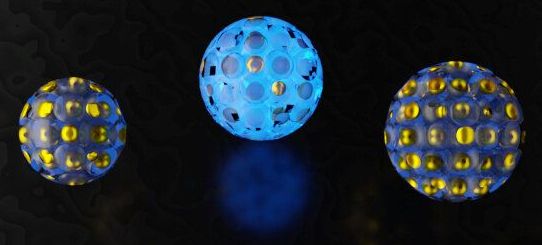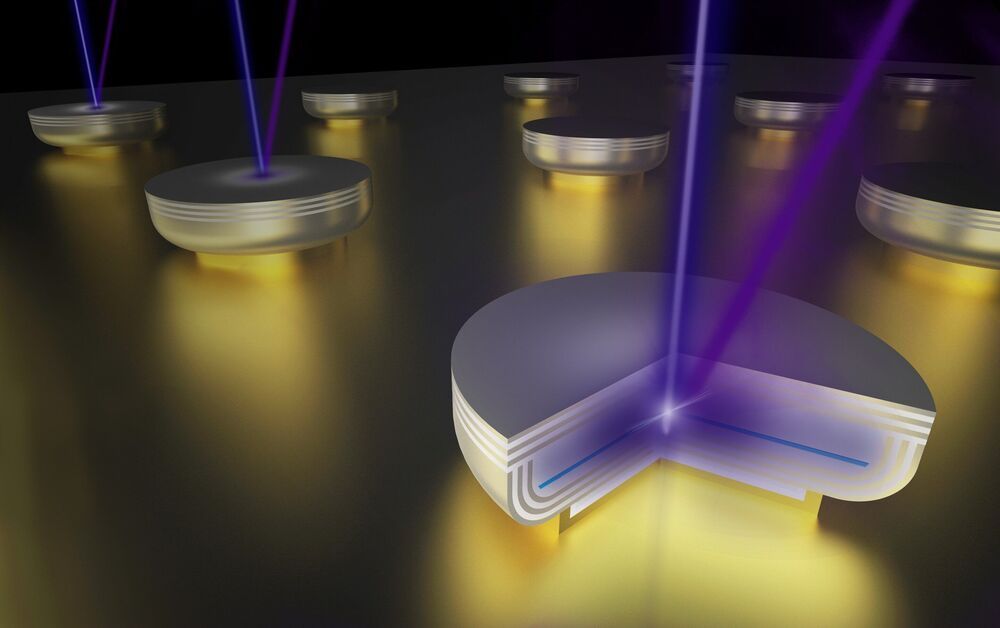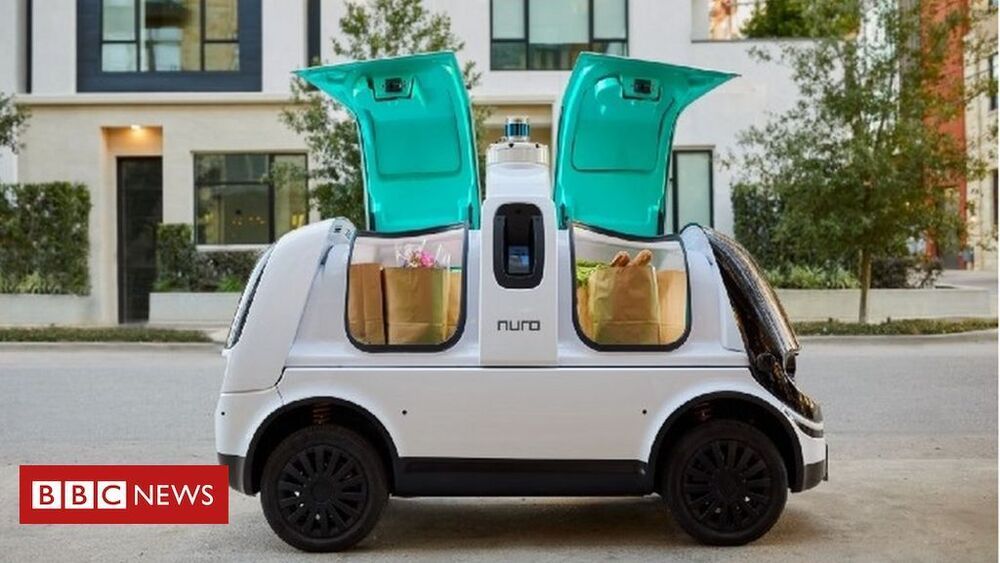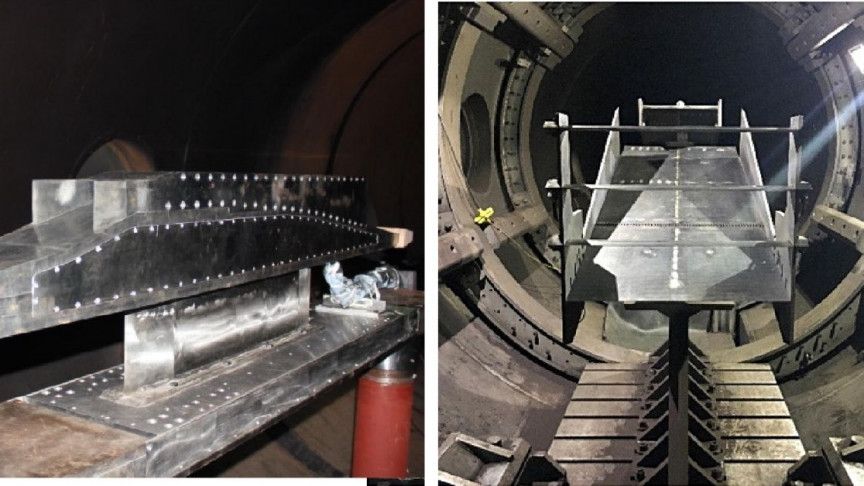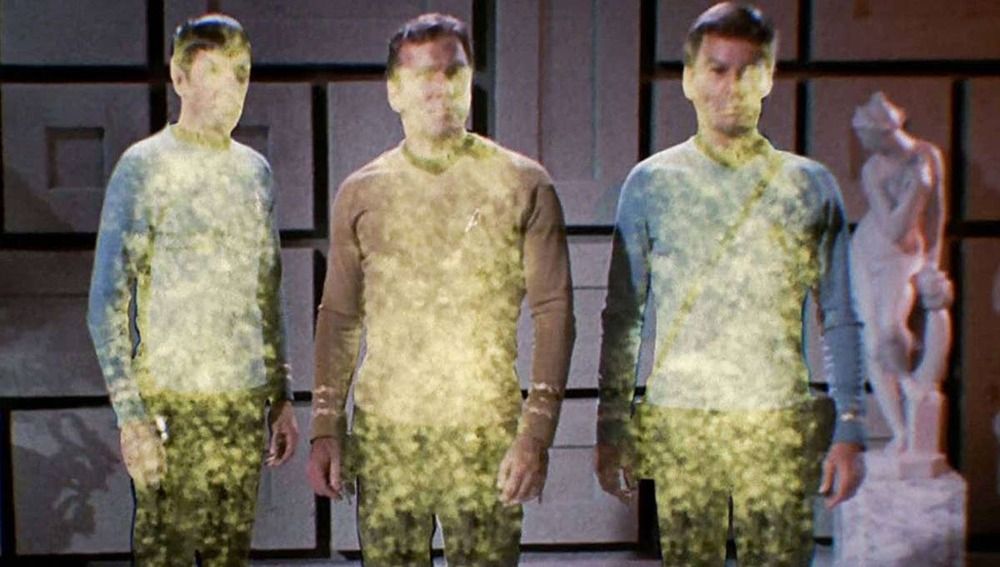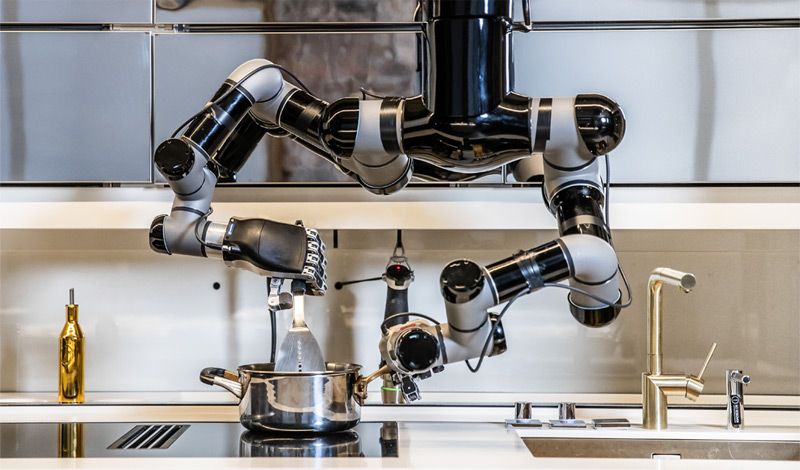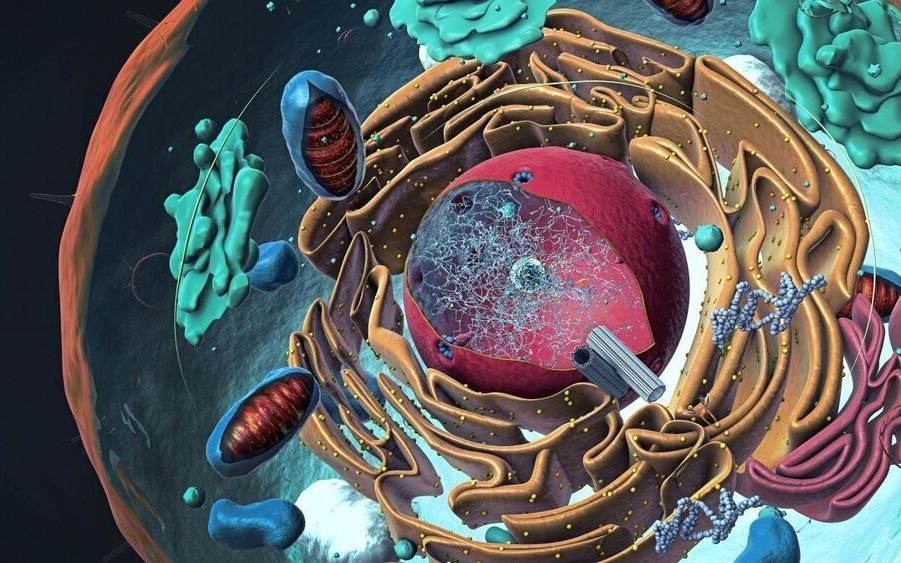Dec 25, 2020
Goldilocks and the three quantum dots: Just right for peak solar panel performance
Posted by Saúl Morales Rodriguéz in categories: chemistry, quantum physics, solar power, sustainability
Scientists in Australia have developed a process for calculating the perfect size and density of quantum dots needed to achieve record efficiency in solar panels.
Quantum dots, man-made nanocrystals 100, 000 times thinner than a sheet of paper, can be used as light sensitisers, absorbing infrared and visible light and transferring it to other molecules.
This could enable new types of solar panels to capture more of the light spectrum and generate more electrical current, through a process of ‘light fusion’ known as photochemical upconversion.
